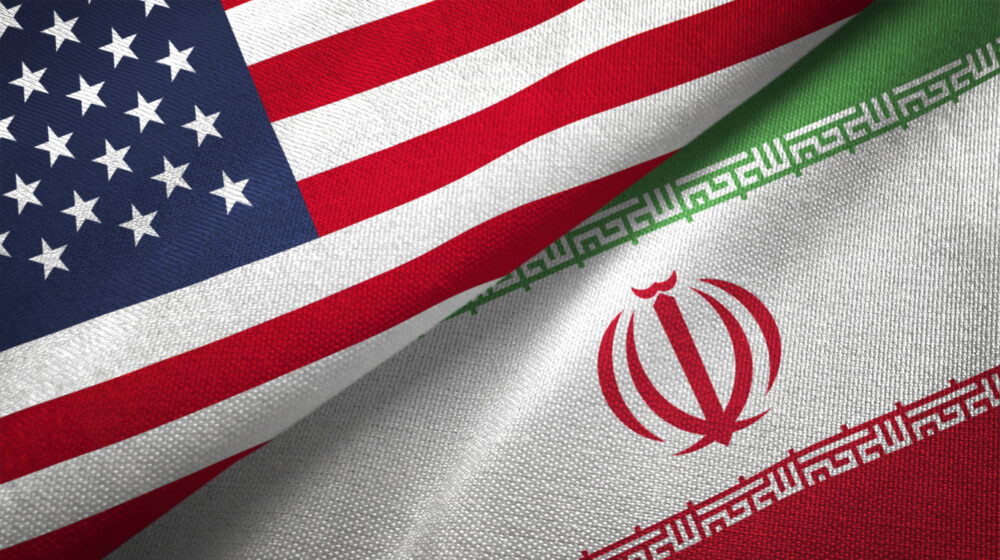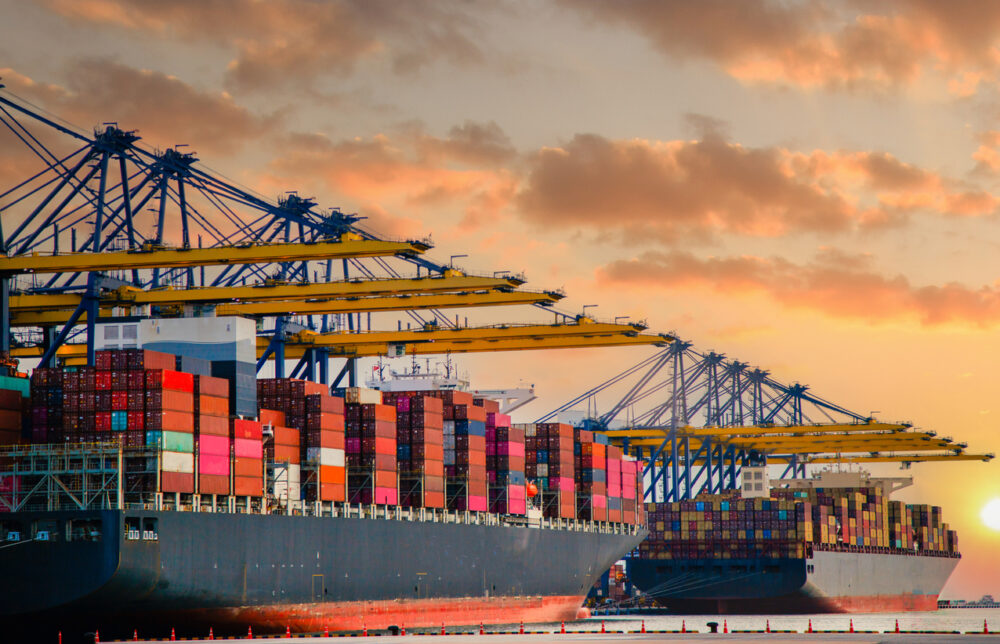Conflict abroad has a brutal way of showing up on your bills.

Geopolitical tension doesn’t stay overseas—it hits your wallet fast and hard. If the U.S. gets tangled in a direct conflict with Iran, the ripple effects won’t just be headlines and cable news drama. It’ll mean real costs: higher prices at the pump, wild swings in your investments, and creeping expenses on everything from groceries to heating bills.
Wars used to hit the defense budget and leave domestic life mostly untouched, but those days are gone. Global supply chains, oil markets, and digital investments are so interconnected that one missile strike can jack up costs for millions of people overnight. If tensions escalate, your paycheck won’t go as far, and the rising cost of just staying afloat might blindside even well-prepared households. These nine financial shockwaves show exactly how bad it could get—and why planning ahead isn’t paranoia anymore.
1. Oil spikes will hike gas and heating costs across the board.

A sharp increase in oil prices translates directly into higher fuel and heating bills, according to Spencer Kimball at CNBC. When supply gets disrupted in major oil-producing regions, prices respond immediately. That surge shows up first at the gas station, but it doesn’t stop there. Energy bills climb quickly too, especially during seasonal peaks.
It’s not just about driving less or turning down the heat. Higher transportation and energy costs ripple through every part of the economy. Shipping prices jump, and businesses—especially those relying on logistics—pass that burden to consumers. By the time it reaches your household budget, it’s already burned through multiple sectors.
2. Disrupted supply chains will hike grocery and shipping costs.

Global trade doesn’t handle conflict well. War in a critical region disrupts supply chains, especially through shipping choke points. That disruption slows down deliveries and increases costs, which companies offset by raising prices on everyday goods like groceries, toiletries, and electronics, as reported by Shawn Donnan at The Economic Times.
Even if you shop local, many of those items rely on materials or manufacturing based abroad. That complexity adds vulnerability. With longer shipping routes or increased risk premiums, retailers build extra costs into their pricing—and that lands right on your receipt.
3. Utility bills could surge as energy firms pass on costs.

Energy companies don’t wait long to adjust rates when markets spike. If oil and gas prices rise, utility providers often follow suit to maintain their profit margins. That means your monthly electric or heating bill could climb even if your usage stays the same, as stated by Stephen Johnson at The Daily Mail.
These increases hurt most during summer and winter, when energy use peaks. People with tight budgets or fixed incomes feel the impact first, but no one escapes the cost shift. Unlike one-time fees, utility rate changes tend to linger, eating into household finances over time.
4. Rent and housing costs might climb as inflation heats up.

Rising prices across the board often lead to inflation, and landlords rarely ignore that. As utility, maintenance, and insurance costs increase, they usually raise rent to keep up. That’s especially true in tight housing markets, where tenants have limited options to push back.
Even for homeowners, these shifts can be painful. Inflationary pressure may lead to higher interest rates or property taxes, particularly in areas hit hardest by increased energy and service costs. Housing becomes just one more source of financial stress in a much bigger squeeze.
5. Interest rates could stay sticky, making borrowing more expensive.

To counter inflation, central banks may keep interest rates high for longer. That decision directly impacts borrowing costs—credit card rates, car loans, student debt, and mortgages all stay elevated. It makes big purchases less appealing and debt more dangerous.
When rates remain high, fewer people take financial risks. This cools economic activity, slows wage growth, and can shrink job opportunities. Even if your income stays stable, the cost of accessing credit adds pressure to already tight budgets, leading to cautious spending or lifestyle cuts.
6. Stock market turbulence could hurt your investments and 401(k).

Markets react strongly to geopolitical uncertainty, especially when major economies might be drawn into conflict. Stock values can plummet in response to even the threat of escalation, wiping out gains in retirement accounts or investment portfolios.
This volatility makes investors nervous and prompts more conservative behavior. People may delay big purchases or cancel investment plans. Companies scale back hiring and capital spending, which can chill the job market and suppress economic growth. All of this creates an undercurrent of financial anxiety for everyday workers.
7. Insurance premiums could pop up as war risks increase.

Insurance is all about risk, and war cranks that risk way up. Companies that cover transport, energy, or property often adjust their premiums to reflect the new dangers. That means higher costs for air travel, shipping, home protection, and even business coverage.
These rate hikes don’t always show up overnight, but they rarely reverse once in place. Industries that rely on insured shipping or travel start building those extra costs into their pricing models. That ends up increasing consumer costs across multiple sectors, including goods you wouldn’t think are connected.
8. Federal aid and budget cuts may hurt public services.

Increased defense spending during conflict often comes at the expense of domestic programs. Education, infrastructure, and public health might get fewer resources as the government shifts its focus to military readiness and foreign aid.
As local and state governments receive less federal support, they start trimming services or raising local taxes to compensate. The effects aren’t always dramatic, but they’re noticeable—worse roads, longer wait times at clinics, fewer resources in schools. These changes gradually affect quality of life and community support systems.
9. National security spending could crowd out economic priorities.

Large-scale military efforts cost billions, and that money has to come from somewhere. When the government reallocates funds to support operations abroad, economic growth initiatives often take a backseat. That means fewer investments in jobs, innovation, or social support.
For everyday Americans, this results in missed opportunities—projects delayed, stimulus programs paused, tax relief postponed. Over time, it creates a feeling of stagnation or burnout. The economy keeps moving, but personal financial progress slows down or reverses, all because national priorities shifted under the weight of war.
